
West Nusa Tenggara (Nusa Tenggara Barat) Province
A Comprehensive Look at West Nusa Tenggara (Nusa Tenggara Barat) Province
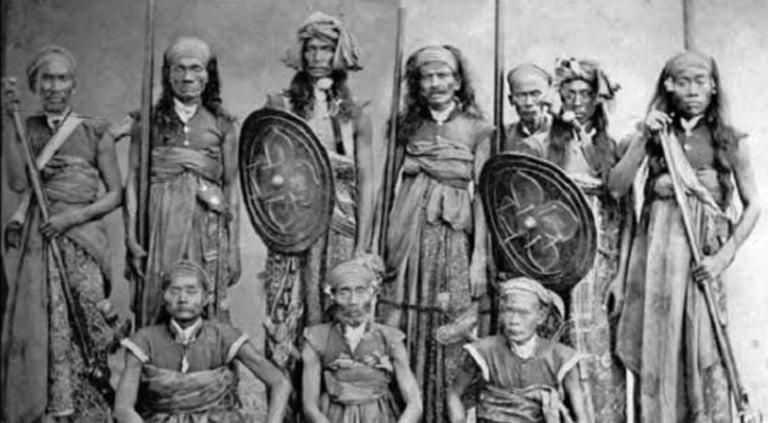

🏛️Capital City and Geographical Conditions
Capital City: Mataram. Located on the western side of Lombok Island, Mataram is the administrative, educational, and commercial center of the province.
Geographical Conditions: NTB lies within the Ring of Fire and the Wallace Line transition zone, giving it unique flora and fauna.
Lombok: Dominated by Mount Rinjani (3,726 m), Indonesia’s second-highest volcano. The island is lush in the north and drier in the south.
Sumbawa: Larger than Lombok but more rugged and sparsely populated. It is dominated by Mount Tambora, famous for its cataclysmic 1815 eruption. Sumbawa features vast savannahs and deep, protected bays.
Climate: Tropical monsoon climate. NTB is generally drier than Bali and Java, with a distinct dry season that influences its savannah-like landscapes.
📜History: Sultanates and Volcanic Legacies
The history of NTB is a tale of two distinct cultural spheres.
Lombok's History: Historically, Lombok was ruled by various Sasak kingdoms (like Selaparang) before falling under the influence of the Balinese Karangasem Kingdom in the 17th century. This created a unique blend of Sasak-Islam and Balinese-Hindu culture in western Lombok.
Sumbawa's History: Sumbawa was home to the powerful Sultanate of Bima and Sultanate of Sumbawa, which were heavily influenced by the Makassarese of South Sulawesi. These sultanates were major trading hubs for horses and sandalwood.
Colonial Era: The Dutch eventually conquered both islands in the late 19th and early 20th centuries.
Provincial Formation: Originally part of the "Lesser Sunda" province (along with Bali and NTT), NTB became a separate province in 1958.
👥Demographics and Customs
Population: The population is approximately 5.5 million people.
Ethnic Groups:
Sasak: The indigenous majority of Lombok (approx. 68%).
Samawa (Sumbawa): The indigenous group of western Sumbawa.
Mbojo (Bima): The indigenous group of eastern Sumbawa.
Balinese: A significant minority, primarily in Mataram and West Lombok.
Religion: The vast majority (over 96%) are Muslim. Lombok is frequently called the "Island of a Thousand Mosques".
Customs (Adat Istiadat):
Nyongkolan: A grand Sasak wedding parade where the bride and groom, dressed as royalty, are escorted home by musicians and family.
Bau Nyale: A legendary festival in South Lombok where thousands gather annually to catch colorful sea worms (Nyale), believed to be the incarnation of Princess Mandalika.
Peresean: A traditional Sasak stick-fighting dance performed by two men using rattan sticks and shields made of buffalo skin, symbolizing bravery.
🎨Culture and Traditional Arts
NTB's culture is renowned for its intricate craftsmanship and martial traditions.
Tenun Ikat and Songket: Lombok (Sukarara Village) and Bima are famous for their hand-woven textiles. Sasak women are traditionally required to learn weaving before they can marry. The fabrics often feature silver or gold threads.
Gendang Beleq: A traditional Sasak orchestra featuring massive drums (beleq means big) played by musicians who dance while drumming. Historically, it was used to encourage warriors going to battle.
Traditional Architecture:
Lumbung: The iconic Sasak rice barn with a curved, bonnet-shaped grass roof.
Uma Lengge: The traditional high-pitched thatched houses of Bima/Sumbawa.
🍲Distinctive Traditional Cuisine
NTB cuisine, particularly from Lombok, is famous for being extraordinarily spicy (pedas).
Ayam Taliwang: The signature dish of Lombok. It involves a young, free-range chicken that is grilled (or fried) and coated in a fierce sauce made of dried red chili, garlic, shallots, and heavy amounts of shrimp paste (terasi).
Plecing Kangkung: A mandatory side dish. Fresh water spinach (kangkung) is blanched and topped with a distinctive tomato-chili relish (sambal), bean sprouts, peanuts, and grated coconut.
Sate Rembiga: A delicious beef satay from the Rembiga area. The meat is marinated in a mixture of brown sugar, garlic, and chili before grilling, resulting in a tender, sweet, and spicy flavor without the need for peanut sauce.
Sepat: A unique dish from Sumbawa. It is a fresh fish soup characterized by a sour and savory broth made from roasted eggplant, mango, and tamarind sauce, often served with grilled fish and sambal.
🗺️Famous Tourist Attractions
NTB is a world-class destination for trekking, surfing, and relaxation.
Mount Rinjani National Park: A UNESCO Global Geopark and a bucket-list trek for hikers worldwide. The summit offers views of the entire island, while the crater lake, Segara Anak, is a spiritual and scenic wonder.
The Gili Islands (Trawangan, Meno, Air): Three tiny islands off the northwest coast of Lombok, famous for their no-car policy, white sands, and vibrant diving/snorkeling scenes.
Mandalika: A Special Economic Zone in South Lombok featuring stunning beaches (like Kuta Lombok and Tanjung Aan) and the Pertamina Mandalika International Street Circuit, which hosts the MotoGP.
Mount Tambora (Sumbawa): Famous for the "eruption that changed the world" in 1815. Today, it offers challenging treks and a massive caldera.
Moyo Island: An exclusive nature reserve off the coast of Sumbawa, known for the Mata Jitu Waterfall and luxury eco-resorts visited by celebrities like Princess Diana.
✈️Transportation Infrastructure
NTB has developed modern infrastructure to support its growing tourism industry.
Airports (Bandar Udara):
Zainuddin Abdul Madjid International Airport (LOP): Located in Central Lombok, this is the main international gateway, connecting NTB to Jakarta, Bali, Singapore, and Malaysia.
Sultan Muhammad Kaharuddin III Airport (SWQ): Located in Sumbawa Besar.
Sultan Muhammad Salahuddin Airport (BMU): Located in Bima.
Ports (Pelabuhan):
Lembar Port: The main ferry terminal in West Lombok connecting to Padang Bai (Bali).
Kayangan Port: Connects East Lombok to Poto Tano Port in Sumbawa.
Gili Mas Port: A new terminal in Lombok designed to handle large international cruise ships.
Railroad (Stasiun Kereta Api):
West Nusa Tenggara does not have an active railway network. Transportation relies on a good network of paved roads and shuttle buses (DAMRI).
West Nusa Tenggara is a province of dramatic dualities. It is where the mist-shrouded peak of Mount Rinjani overlooks the sun-drenched party shores of the Gili Islands, and where the adrenaline of the MotoGP circuit meets the timeless serenity of the Sade Traditional Village. With its fiery Ayam Taliwang and the warm hospitality of the Sasak and Sumbawa people, NTB offers an adventure that is rawer than Bali, yet equally enchanting—a true jewel of the Indonesian archipelago waiting to be explored.


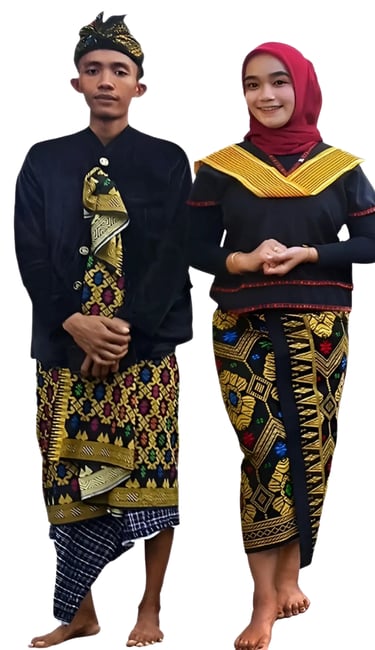

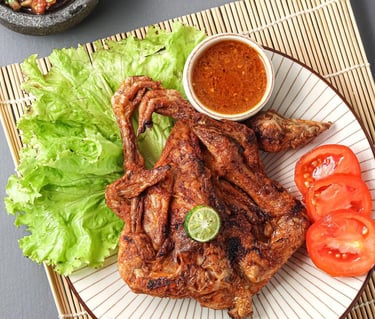

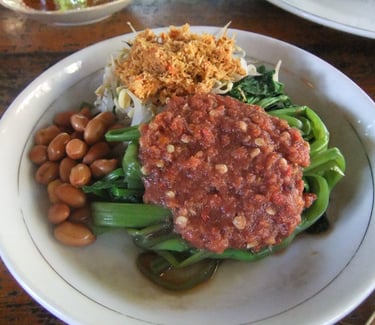


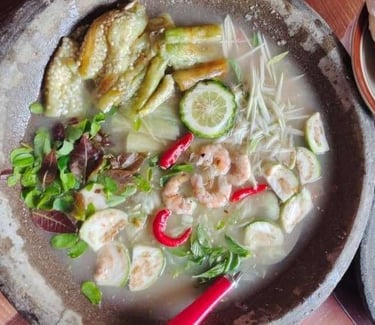
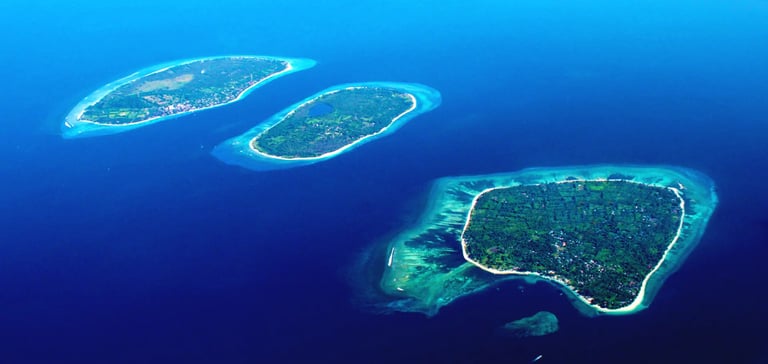

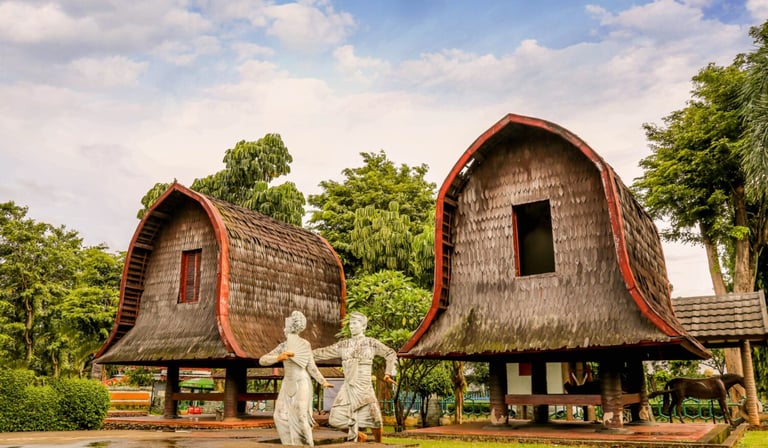

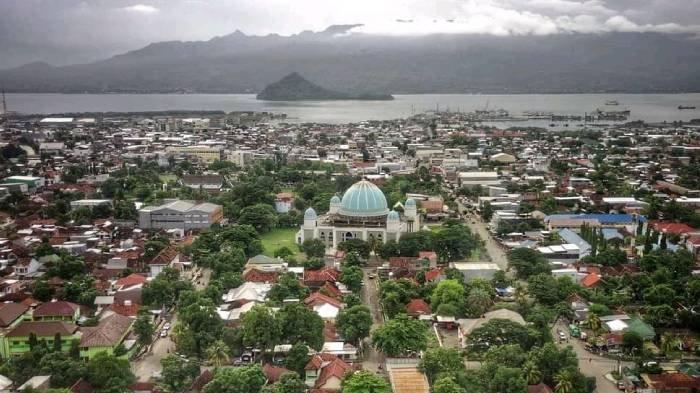



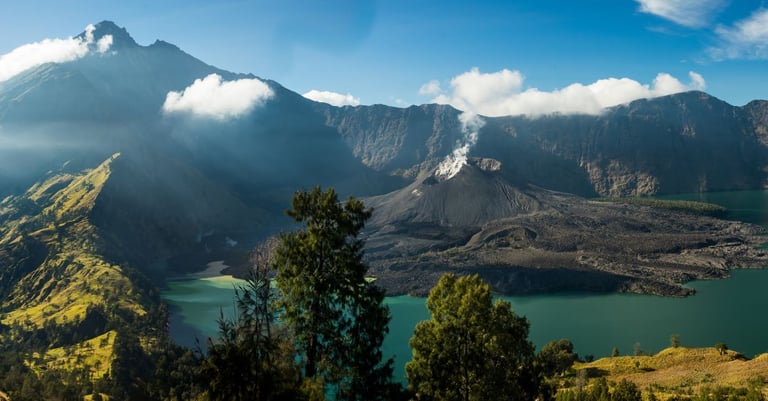


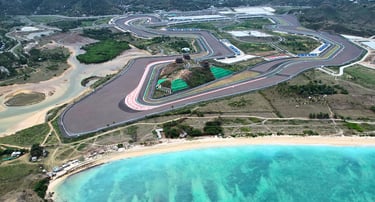
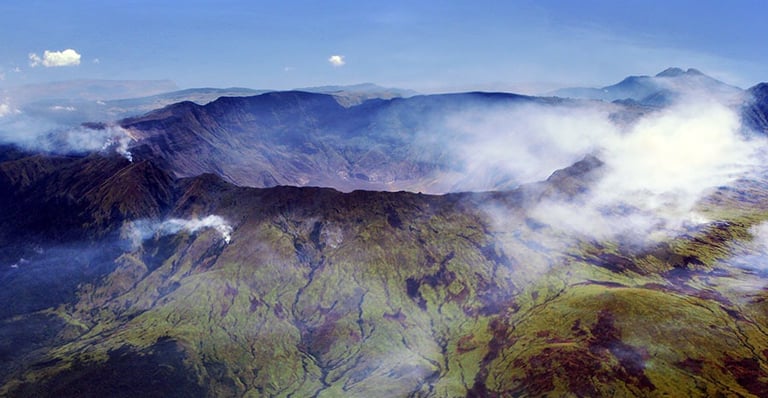




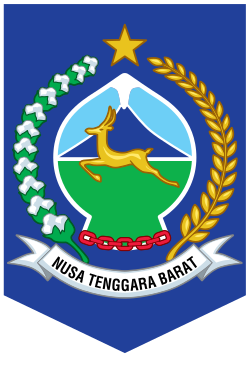
💎West Nusa Tenggara (NTB): Two Islands, Infinite Wonders
West Nusa Tenggara, widely known as NTB, is a province located in the central southern part of the Indonesian archipelago, directly east of Bali. Comprising two major islands—Lombok and Sumbawa—along with hundreds of smaller islets (Gili), NTB offers a dramatic landscape of soaring volcanoes, pristine beaches, and a cultural tapestry that blends indigenous traditions with deep Islamic roots.
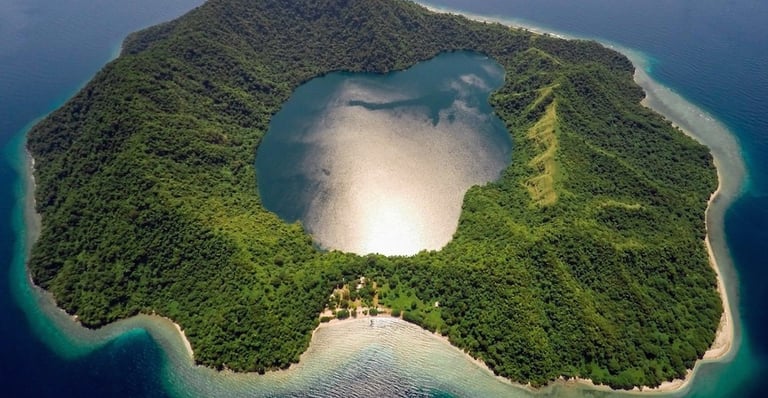

Follow us to explore Indonesia with expert travel guidance
©PT.Sinar Pesona Travelindo 2025. All rights reserved.
